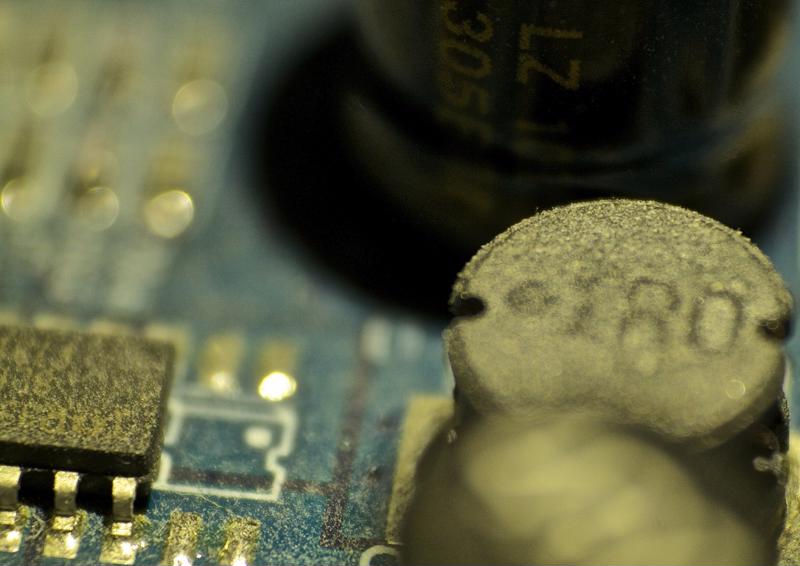Circuit boards are an important element in the world of do-it-yourself electronics. Learning to solder circuit boards can seem intimidating when you first start out, but once you know the basic steps and understand how to set up a project for success, soldering circuit boards is a relatively straightforward project.
1. Be aware of temperature
Soldering requires high temperatures, so it's important that you limit the potential for injury or damage that can come from a misplaced soldering iron. The soldering iron can cause burns or fires, which means safety should be your top concern.
Unplug the iron when you're not using it, and never leave it unattended while hot. Your soldering iron should come with a stand. Always return the iron to the stand immediately after you're done using it.
If your soldering iron has a power cord, be aware of where it's located and avoid making it a tripping hazard. Alternatively, you can opt for a cordless model, such as the Ultratorch UT-100 Soldering Iron/Heat Tool from Master Appliance. This multipurpose tool serves as an efficient soldering iron that's safe to use, has higher-than-average thermal connectivity and heats up in just 30 seconds.

2. Stay healthy while soldering
Flux is an important component in solder materials, but it produces smoke when heated up. Make sure your work area is well ventilated and position yourself so you don't breathe in the smoke. Additionally, be sure to wash your hands as soon as you're done soldering.
3. Organize before you begin
Soldering circuit boards is a complex project that requires many tiny pieces. Before you get started, check that you have all the necessary supplies and can access each piece as needed. Arrange your workspace in a way that is intuitive for you.
If you have many small pieces that are almost identical, consider attaching them to a sheet of paper with a label for what each item is and where you need it. This will help you quickly identify the next item you need when you're partially through the project.
You should also clean some items before you begin. Have a damp sponge ready to wipe any leftover solder from the tip of your soldering iron. Clean this before you begin as well as in between soldering tasks.
Additionally, before you start your project, you should wash your printed circuit boards with isopropyl alcohol and an abrasive tool. Clean materials are much easier to solder than dirty or oxidized ones. When you're done cleaning, keep your supplies handy. You'll want to wash the board again after you populate it.
4. Use the right equipment
As with any do-it-yourself project, your success depends not only on your knowledge and level of preparedness but also the tools you employ. Try using tweezers for precise placement, mounting putty for stability and a magnifying glass to get a closer look at your circuit board, according to Make magazine.
A high-quality soldering iron is also important. To find the right soldering iron and accessories for your circuit board projects, review the selection available at Master Appliance.


